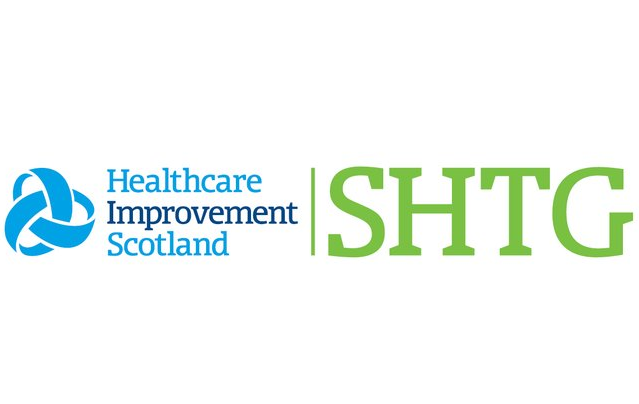3. The most recent systematic review (53 studies; two comparative; n=2,218) compared patients receiving bacteriophage therapy with a control group receiving standard of care or placebo across several medical and surgical specialties.3 Based on a pooled analysis of randomised controlled trials (RCTs), patients in the control group were more likely to show clinical improvement than patients who received bacteriophage therapy (50% vs 43.8%; two RCTs). Conversely, patients treated with bacteriophage therapy were more likely to achieve bacterial eradication than those in the control group (16.6% vs 0.0%; 1 RCT).
4. A second systematic review (20 studies; 0 comparative; n=51) outlined the effect of bacteriophage therapy, with or without conventional antibiotic therapy, on patients with bone and joint infections.4 Criteria for success following treatment were satisfied in 71% of treatment episodes; success by indication was 57% for patients with periprosthetic joint infections and 88% for patients with osteomyelitis.
5. A third systematic review (27 studies; two comparative; n=1,579) reported results for the effectiveness of bacteriophage therapy, with or without conventional antibiotic therapy, in patients with three different infection types:5
a. burn wound infections: 49.6% of patients achieved clinical resolution, 27.9% showed improvement, and 22.5% showed no improvement. Excluding three studies that did not clearly report on clinical resolution, or where the bacteriophage therapy dropped below the therapeutic dose, resulted in 89.2% of patients achieving clinical resolution.
b. chronic wound or ulcer infections: 65.8% achieved clinical resolution, 20.3% showed improvement, and 13.9% showed no improvement.
c. dermatological infections: 87.3% achieved clinical resolution, 6.8% showed improvement, and 5.9% showed no improvement.
6. The fourth systematic review (30 studies; three comparative; n>1,152, one study did not report patient numbers) reported results for bacteriophage therapy in patients with multidrug resistant infections.6 Twenty-six of the 30 studies included showed that bacteriophage therapy successfully decreased or halted bacterial growth.

